We are often surprised of the lack of knowledge among technicians working at height when it comes down to antennae.
Further investigation helps to discover that there is little information available unless you are looking for RF coming from cell phones. This is not the type of information we can use to describe what you can find on top of roofs, on towers, radar installation and any other structure that is being used to transmit or receive radio frequencies signals.
What is RF? The best way to describe this is by looking at the wavelengths and where it is used for.
| Band name | Frequency | Wavelength | Example uses |
| Extremely low frequency – ELF | 3-30 Hz | 100,000-10,000 km | Submarines |
| Super low frequency – SLF | 30-300 Hz | 10,000-1000 km | Submarines |
| Ultra low frequency – ULF | 300-3000Hz | 1000-100 km | Mines |
| Very low frequency – VLF | 3-30 kHz | 1000-100 km | Submarines Avalanche Beacons |
| Low frequency – LF | 30-300 kHz | 10-1 km | Navigation |
| Medium frequency – MF | 300-3000 kHz | 1km-100 m | AM Radio |
| High frequency – HF | 3-30 MHz | 100-10 m | Amateur Radio and over-the-horizon aviation communications |
| Very high frequency – VHF | 30-300MHz | 10-1 m | Television broadcasts and line-of-sight aviation communications |
| Ultra high frequency – UHF | 300-3000 MHz | 1 m – 100 mm | Television broadcasts, mobile phones, wireless LAN, Bluetooth, and Two-Way Radios |
| Super high frequency – SHF | 3-30 GHz | 100 mm – 10 mm | Microwave devices, wireless LAN, radars |
| Extremely high frequency – EHF | 30-300 GHz | 10mm-1mm | Radio astronomy and microwave radio relay |
Notes
- Above 300 GHz, the absorption of electromagnetic radiation by Earth’s atmosphere is so great that the atmosphere is effectively opaque to higher frequencies of electromagnetic radiation, until the atmosphere becomes transparent again in the so-called infrared and optical window frequency ranges.
- The ELF, SLF, ULF, and VLF bands overlap the AF (audio frequency) spectrum, which is approximately 20-20,000 Hz. However, sounds are transmitted by atmospheric compression and expansion, and not by electromagnetic energy.
- The SHF and EHF bands are often considered to be not part of the radio spectrum and form their own microwave spectrum.
- Another note of merit is that all objects have their own radio frequency, no matter how minute.
- Source of information of this table comes from Wikipedia.
Influence on the human body varies with the duration, distance to the antenna, frequency and the amount power used. If we look closely at frequencies between 300kHz up to 300GHz the health hazards and symptoms due to over exposure is again in relation to the duration, intensity, distance to the source, polarization, any shielding used and other factors.
One can find that the main effect to exposure of these frequencies is heating of the body as energy form the fields is absorbed by the body.
Long exposure can lead to overheating, like a heat stroke due to being over active. Other symptoms are localised hot spots which can lead to burns of the skin. Be aware when wearing metal object or implants since they are more prone to heat up. Also body parts like eye or testicles are more prone to damage due to heating up. Other effects that can occur are on contact such as shocks and RF burns. This due to electrical current, not to be confused with shocks from static electricity or lightening.
In overall it is clear that over-heating is a clear symptom when working in close proximity to antennas when they are “life”. Often what might also happen is that some one is reading his or her body wrong due to the fact that climbing by itself is a physical activity that can cause overheating. Sweating is normal to cool down the body but someone will need fluids to be able to sweat.
When encountering these symptoms get away form the antennae, stop the activity and take a break in a cool and safe zone where the RF does not come.
If there have been any burns treat them with cold water and like in any case of emergency seek immediately medical attention.
Available protection
There are special RF suits that protect a body against the negative effects of RF but one has to realise that they only protect up to a certain limit.
Exposure limits are well designed that there is no serious impact to the body and does not create shocks or burns.
In Canada exposure limits are set by Health Canada’s safety Code 6. In the USA this is done by the FCC. In Canada a RF worker, someone trained on the exposure to RF the RF exposure limits is 6x times the limit for the general public. While RF suits are rated to protect the wearer up to 20 times the exposure.
There are also tools available to measure the RF intensity and devices that will alarm a RF worker that the exposure limits is exceeded.
When working close to antennae’s treat them as you would work in a confined space or close to dangerous machine. Know the hazards, have a plan, measure to make sure you are safe and most of all have and use the log out system to ensure the safety of anyone working in RF zones.
